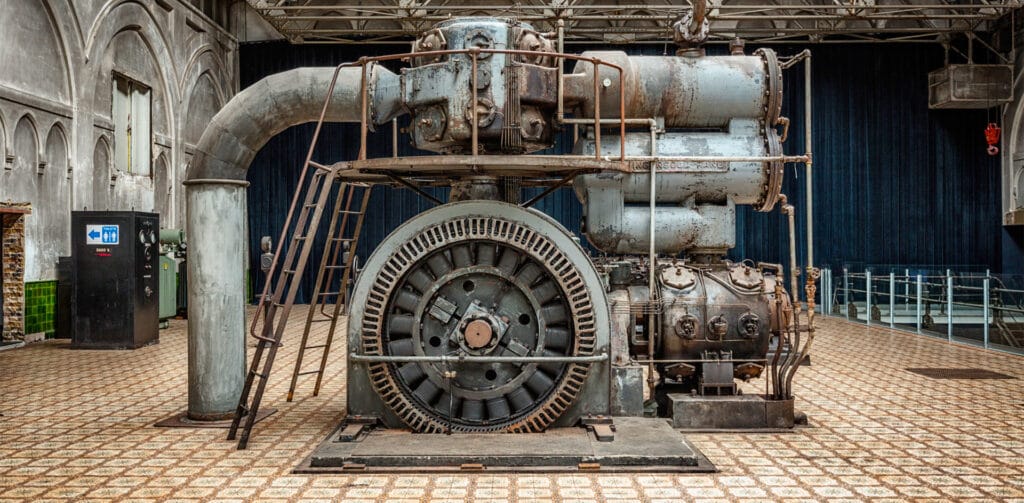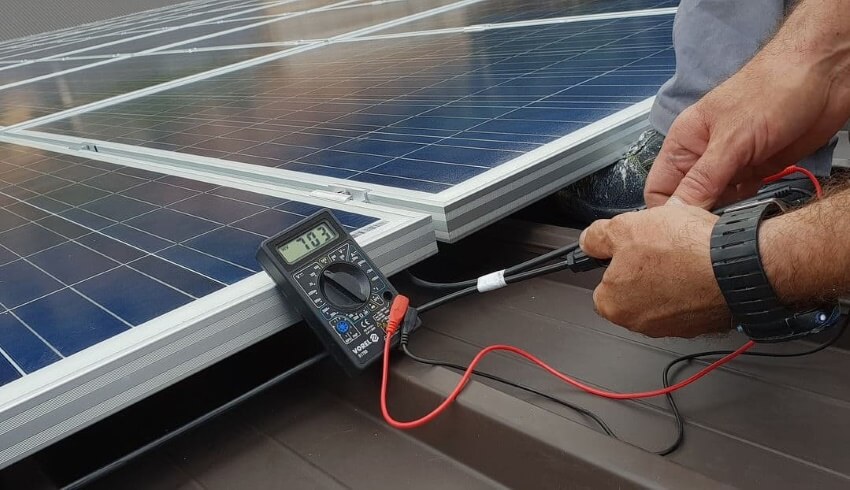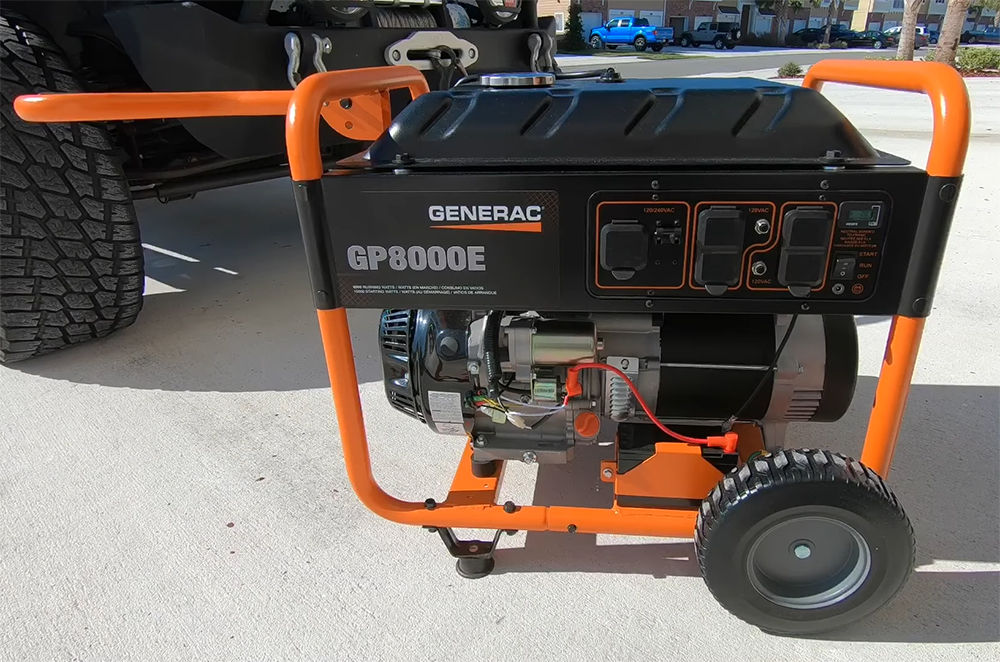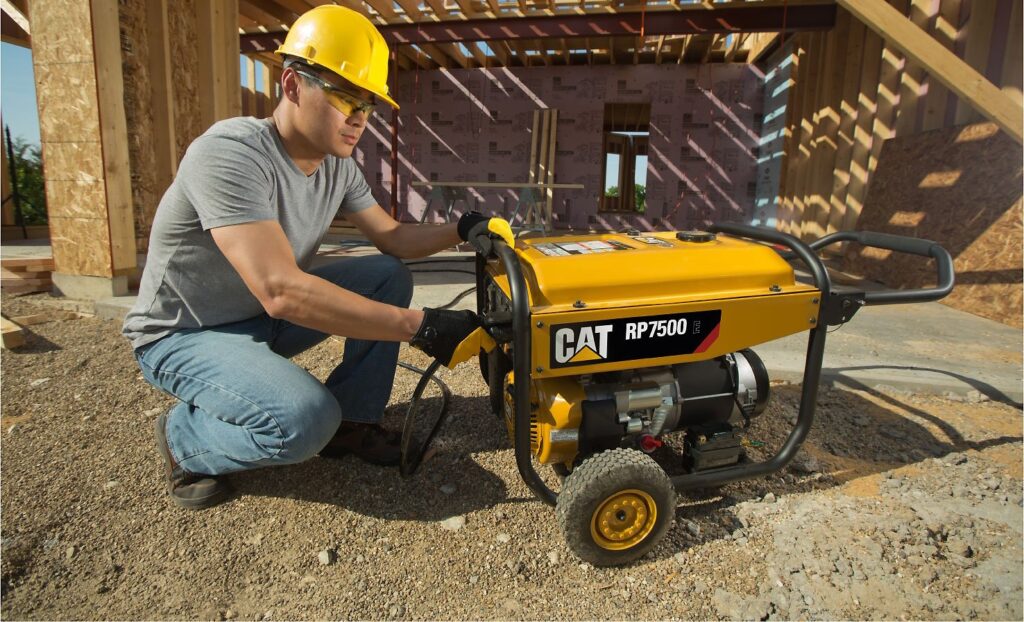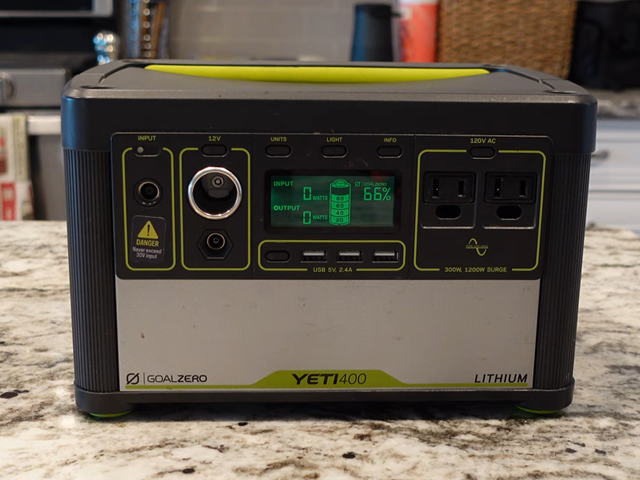
Generators can be a great addition to any household. They can be connected to a home as a back-up to keep your fridge and freezer running when the power goes out. They can also go with you when camping, tailgating, or working on a remote job site. Paralleling generators make them an even more flexible power supply option.
There are many benefits of paralleling two generators, and it requires very little equipment. Paralleling different size generators is also a great way to turn two smaller generators into one, much more powerful, energy source. While there are some very important guidelines to keep in mind when paralleling generators, there are a wide range of ways to connect generators.
Connecting several smaller generators allows more flexibility to break the generators apart for small jobs or connect them for large jobs. Since paralleling generators is a temporary connection, it offers much more flexibility than one, large generator – especially if that generator is permanently connected to your home.
The biggest reason for setting up generators in parallel, paralleling generators, is to increase the amount of electrical power available. For example, a 2000-watt generator is unlikely to be enough to keep your refrigerator and freezer going, especially if you plan to plug in anything else. By paralleling two generators, you can double the amount of power available.
The paralleling generators procedure is surprisingly simple, and the equipment for paralleling generators is often limited to a simple kit that little more than an electrical box with two cords attached. Since the parallel set-up is temporary, you can easily disconnect one or both generators to take with you as you travel.
It’s this flexibility that makes paralleling generators so appealing. You can purchase two small, portable, inverter generators. When you go camping or want power for a job site or tailgating party, you can take one or both with you and use them to power low-wattage items like tools or a mini-fridge. Many times, a good-sized portable generator can even power your entire RV.
When you know how to parallel two generators, you can combine them to provide enough energy to run many of your household appliances. This can be a real benefit when bad weather knocks out power to your home or neighborhood. Paralleling generators offers the flexibility to meet a wider range of needs than one, single, large generator.
Unfortunately, not all generators can safely be paralleled. You’ll need to look at the specific manufacturer information to ensure that paralleling a generator is safe. Most large, standby generators are not designed to be run in parallel. Since they are designed to be permanently connected to a home, there is no need for more than one of them to be connected.
Most name-brand models of portable, inverter generators are safe to parallel with a second, identical generator. They are designed this way to give them added flexibility for how you can use them.
Paralleling different size generators can be tricky and is generally not recommended. You can parallel different brands of generators, but they should have the same voltage, wattage, and frequency to parallel efficiently and safely. Be sure to carefully read the manufacturer’s information before connecting them.
When paralleling two different brands of generators that have the same wattage, frequency, and voltage, you’ll need to be sure that the kit you use to connect them to ensure synchronicity and balanced load sharing. This can certainly be done but is easily avoided by choosing generators and paralleling kits that are designed to work together.
In theory, you can parallel different size generators. However, you will need to be very careful about which generators you connect, the cables you use to connect them, and how the power draw is balanced. If you do decide to attempt paralleling different size generators, you will need to do the following:
Generally speaking, paralleling two different size generators is not recommended. Modern generators will automatically balance the load between the two units when running in parallel. If any of the parts, pieces, or interface isn’t compatible both generators can overheat, burn up, or breakdown.
If you are looking to purchase paralleling inverter generators, it’s best to stick with the same size generators. Getting two of the same model from the same manufacturer will make the paralleling generators procedure extremely simple.
Synchronization is when two or more generators are running with matching frequency, voltage, and waves. Remember, electricity comes across as waves. When generators are synchronized, it means that the waves of electricity from each generator are perfectly aligned and matched.
For generators to be paralleled, they must run in synchronization to avoid damage to the generators or the appliances being connected to the generators. Luckily, most modern inverter generators that are designed to be paralleled will automatically ensure this synchronization. If you are running two identical generators, you shouldn’t have anything to worry about.
Load sharing is the way that the total amount of electricity produced is balanced between two or more generators. If two, identical, 2000-watt generators are paralleled to produce 4000 watts, the load will be equally shared by the two generators. Each generator will contribute 2,000 watts to the total output.
As you can imagine, this is simple and automatic when the generators are identical. Even if the generators are different brands, load sharing is easy to balance if both generators are the same size. It should happen automatically, as long as they are correctly paralleled using an appropriate parallel kit.
Load sharing becomes a bigger concern when you parallel two different size generators. You will need to be sure that they are each generator is contributing an appropriate percentage of the final electrical output.
For example, if you parallel a 2,000-watt generator with a 1,000-watt generator, the 2,000-watt generator should carry 2/3 of the load and produce 2/3 of the total electrical output. This means that the total 3,000-watt output cannot be shared equally.
If the two generators are designed to be paralleled and connected using an appropriate parallel kit, load sharing should be automatically balanced. If the load is imbalanced, the smaller generator will likely end up overworked, overheated, and it will burn out.
How to parallel two generators will depend on what generators you are trying to connect. There is a variety of equipment that can be used to parallel generators. Sometimes generators can be paralleled using a simple cord, but in most cases, a parallel kit will be needed.
A parallel kit is a box that connects two cords, each of which connects to one of the generators. The box includes outlets to plug in appliances, along with gauges and/or switches to control the parallel generators. These kits make paralleling two generators as simple as plugging them both in.
When you select generators to parallel, choosing two of the same model, from the same manufacturer, will make connecting them easy. If the manufacturer has designed them to run in parallel, they will almost always offer a cord or parallel kit to connect them.
Purchasing the kit that matches the make and model of the inverter generators to be connected is always the best choice. It will ensure that everything important happens automatically. This means that load sharing and compatibility will not be a concern. It also makes synchronization a given that you won’t need to worry about.
If you are trying to connect different generators, you’ll need to carefully read the manufacturer’s information and research the best way to connect them. It is likely that you’ll still be able to find a kit or cord that will allow them to be paralleled, but you may need to ensure synchronization yourself. You’ll also need to check that the load is being shared correctly.
There are many benefits to paralleling generators. It’s an easy way for small, portable, inverter generators to work together to generate larger amounts of power. Paralleling generators allows you to keep the flexibility of taking one small generator with you while making it possible to supply enough power to run large appliances like a refrigerator and freezer.
Choosing two identical generators that are designed to be set up parallel to one another using a parallel kit from the same manufacturer makes paralleling generators easy. This ensures that synchronization and load sharing are automatically balanced to protect both your generators and your appliances. Paralleling different generators is possible, but significantly more challenging. Be sure to do your research and carefully read the manufacturer’s information.
